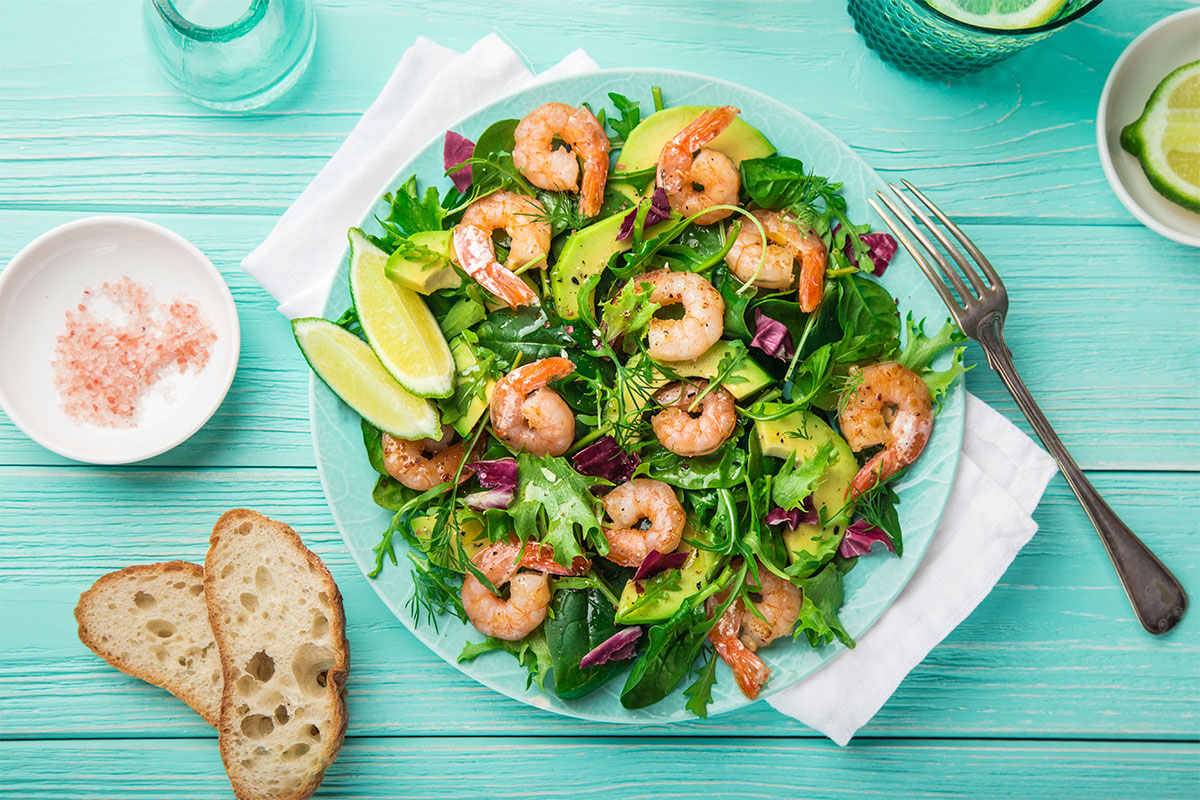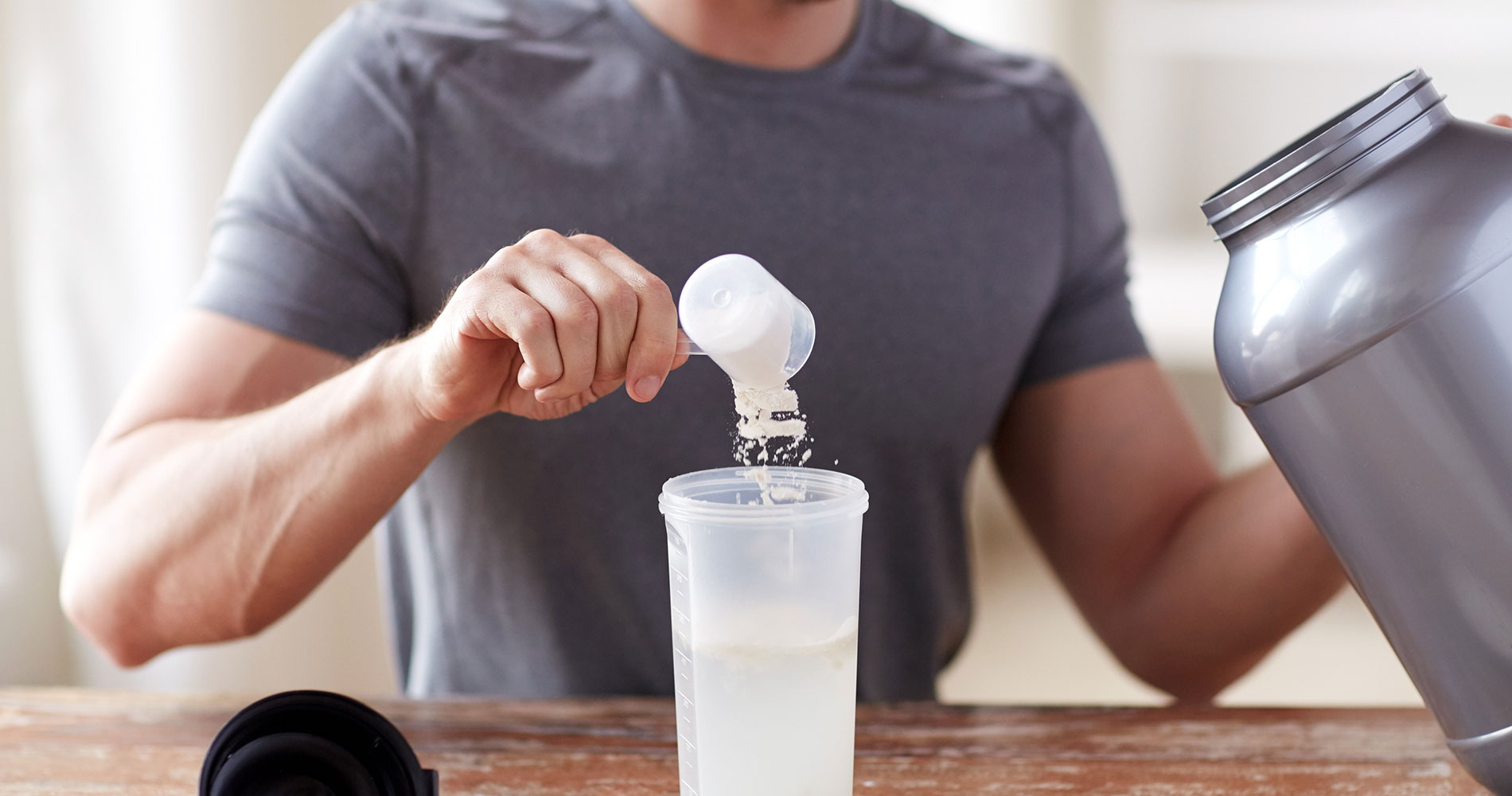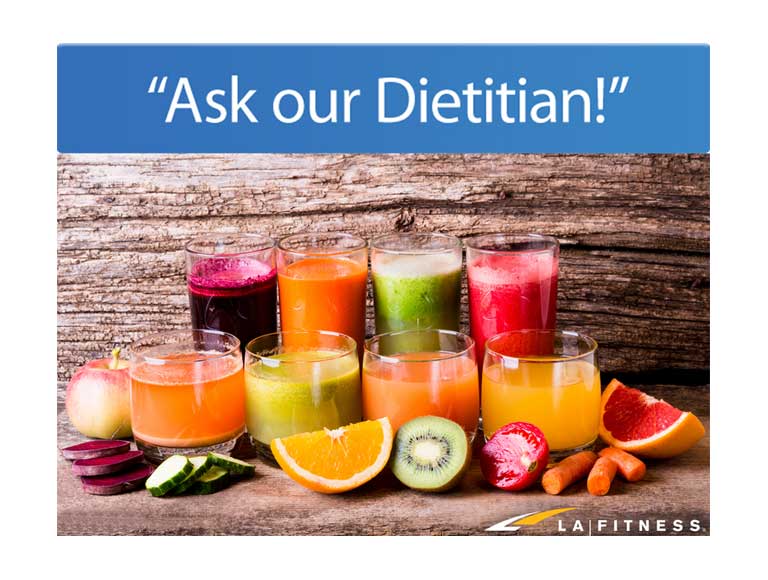Is There Such a Thing as Too Much Protein? | QA
Debbie James, RDN, helps answer a reader’s question about how much protein is too much for the body to process.


Hello LA Fitness! It seems a lot of people are mentioning Chronic Kidney Disease. I hear that this can be from a number of reasons, including consuming too much protein. If you’re on a renal diet, or have kidney disease, or want to avoid getting CKD, how much protein is too much?
– Darque O.

Whether you need to restrict protein or not should be determined by your nephrologist, depending on the stage of your renal disease. Note that the National Kidney Foundation (NKF) states “Low protein and calorie intake is an important cause of malnutrition in chronic kidney disease1” and “There is insufficient evidence to recommend for or against routine prescription of dietary protein restriction to slow progression of chronic kidney disease.1”
The Centers for Disease Control and Prevention indicate that protein in the urine is a risk factor for developing kidney disease2. While one might assume that dietary protein load is the culprit, it’s more likely from impaired kidney filtration due to diabetes. The CDC recommends two dietary improvements: eating more fruits and vegetables while eating foods lower in salt2.
According to the National Institute of Diabetes and Digestive and Kidney Diseases, preventing diabetes and high blood pressure helps to protect your kidneys from chronic kidney disease (CKD)3. The organization advises cutting back on salt and added sugars and suggests a DASH eating plan3. Protein is not mentioned.
References:
1) National Kidney Foundation. K/DOQI clinical practice guidelines for chronic kidney disease: evaluation, classification, and stratification. American Journal of Kidney Diseases. 2002; 39(2 suppl 1):S1–266. https://www.kidney.org/sites/default/files/docs/ckd_evaluation_classification_stratification.pdf Accessed 9.3.2019
2) Prevention and Risk Management. Centers for Disease Control and Prevention. https://www.cdc.gov/kidneydisease/prevention-risk.html December 21, 2017. Accessed 9.3.2019
3) Preventing Chronic Kidney Disease. National Institute of Diabetes and Digestive and Kidney Diseases. https://www.niddk.nih.gov/health-information/kidney-disease/chronic-kidney-disease-ckd/prevention October 2016. Accessed 9.3.2019
– Debbie J., MS, RD
This article should not replace any exercise program or restrictions, any dietary supplements or restrictions, or any other medical recommendations from your primary care physician. Before starting any exercise program or diet, make sure it is approved by your doctor.
Some questions have been edited for length and/or clarity.
 Have a nutrition question? Our registered dietitian is ready to help!
Have a nutrition question? Our registered dietitian is ready to help!
Email nutrition@lafitness.com or submit your question below and it may be featured in an upcoming article!
Debbie James, RDN, helps answer a reader’s question about how much protein is too much for the body to process.
Debbie James, RDN, shares her suggestions for some healthy lunch and dinner suggestions to power fuel your body on work out days.
Before you go mixing your next protein shake, give some thought to the carbs to protein ratio. Our registered dietitian offers up advice for the protein drinkers out there and what they should consider before consuming their next drink.


I am a 60-year-old male in fairly good shape. I’m lean with 16 to 17% body fat. I am in the gym three times a week, usually after work for about two hours each day. I start with 15 min. of cardio and I do abs every day between sets. I have a GNC protein shake for breakfast every day, oatmeal at 10am, salad for lunch, and on work out days I use a C4 pre-workout and a GNC Performix Shake post-workout. I then have a salad with lots of vegetables for dinner. I try very hard to limit sugar, carbs, and red meat.
I see improvements in my workout strength. I see definition improvements (no bulking) but the last little fat around the tummy remains. I started at 210 lbs. 6 years ago. I have been running around 170 to 175 lbs. for about 4 years now. The body fat number is staying around 17%.
What should I eat for lunch before working out? And what should I eat for dinner after I work out? And what should I eat on non-workout days?
– Larry B.

Kudos on your consistent power workouts! I would recommend that on your workout days your lunch salad include a legume, lean protein and healthy fat in addition to the greens since you have several hours to fuel before exercise. For example, choose one* from each column:
|
Greens |
Legume |
Lean Protein |
Healthy Fat |
Other Veggies x2 |
|
Spinach |
Edamame |
Chicken Breast |
Avocado |
Tomato, Carrot |
|
Kale |
Chickpeas |
Shrimp |
Olives |
Artichoke, Broccoli |
|
Mesclun |
Black Beans |
Tuna |
Diced Walnuts |
Cucumber, Radish |
|
Leaf Lettuce |
Kidney Beans |
Turkey Breast |
Sliced Almonds |
Celery, Red Onion |
|
Cabbage |
Cannellini Beans |
Salmon |
Pepitas |
Bell Pepper, Beet |
At dinner, I’d suggest including a starchy vegetable such as corn, yam or butternut squash and tofu or low-fat cheese to prop up your evening salad after exercise. You can maintain your normal eating regimen on non-workout days through a solid breakfast to replace the protein shake is advised. Just keep to the same calorie level.
Here are four options:
– Debbie J., MS, RD
This article should not replace any exercise program or restrictions, any dietary supplements or restrictions, or any other medical recommendations from your primary care physician. Before starting any exercise program or diet, make sure it is approved by your doctor.
Some questions have been edited for length and/or clarity.
 Have a nutrition question? Our registered dietitian is ready to help!
Have a nutrition question? Our registered dietitian is ready to help!
Email nutrition@lafitness.com or submit your question below and it may be featured in an upcoming article!
Debbie James, RDN, helps answer a reader’s question about how much protein is too much for the body to process.
Debbie James, RDN, shares her suggestions for some healthy lunch and dinner suggestions to power fuel your body on work out days.
Before you go mixing your next protein shake, give some thought to the carbs to protein ratio. Our registered dietitian offers up advice for the protein drinkers out there and what they should consider before consuming their next drink.


I am trying to gain mass. If I like doing post-workout protein shakes, what is an effective way to get carbs into the shake? Also, what is a good ratio of carbs to protein?
– Joe O.

If your protein shake choice doesn’t include carbohydrates, you have a few options. Sugar is easy to dissolve and table sugar is cheap. Agave nectar or honey won’t be gritty. Non-fat milk powder or fruit juice both provide naturally occurring sugars. If using a blender, a banana or ground oats will work fine.
Trying to avoid sugar and go for a more complex carbohydrate may result in a pasty, bland shake if using household ingredients like a couple tablespoons of fine sifted flour or boiled mashed potato. If not using a blender, you’d best find a supplement carbohydrate that mixes in well. I’d suggest a simple maltodextrin that costs less than $5 per pound.
Of course, if you want to skip the hassle, just switch to a recovery shake with carbohydrates included. Ideally in the ratio of 2-3 grams carbohydrate for each gram of protein for strength training and mass gain. The National Strength and Conditioning Association recommends a general 4:1 carbohydrate to protein ratio, which is supported by endurance exercise. Of course, as caloric nutrients, the absolute amount of carbohydrate and protein should be bodyweight dependent.
– Debbie J., MS, RD
This article should not replace any exercise program or restrictions, any dietary supplements or restrictions, or any other medical recommendations from your primary care physician. Before starting any exercise program or diet, make sure it is approved by your doctor.
Some questions have been edited for length and/or clarity.
 Have a nutrition question? Our registered dietitian is ready to help!
Have a nutrition question? Our registered dietitian is ready to help!
Email nutrition@lafitness.com or submit your question below and it may be featured in an upcoming article!
Debbie James, RDN, helps answer a reader’s question about how much protein is too much for the body to process.
Debbie James, RDN, shares her suggestions for some healthy lunch and dinner suggestions to power fuel your body on work out days.
Before you go mixing your next protein shake, give some thought to the carbs to protein ratio. Our registered dietitian offers up advice for the protein drinkers out there and what they should consider before consuming their next drink.


Be the first to know about exclusive
content, deals and promotions